Wine explained: know your Syrah from your Sémillon
Have you always wanted to brush up on your wine knowledge, once and for all? Well, now's the time...we've put together a glossary of some of the most famous wines and technical terms, so that you can become the wine expert you've always secretly wanted to be.
Picture the scene: you’re being offered a glass of wine by a friend. “I’ve got Sauvignon Blanc, or Riesling — which would you prefer?,” asks your hospitable friend. And you think to yourself: ‘They’re both white wines, aren’t they? What’s the difference?’
Picture another scene. You’ve been invited to a wine tasting (lucky you) and the sommelier is waxing lyrical about lieu-dits, mouthfeels and the glories of pinotage. Everyone in your vicinity is nodding seriously, heads slightly on one side and brows furrowed with concentration. All around you, you can hear “oooh” and “aaah” and “yes, exactly” or “I knew it!” — and you’re feeling more than a little lost.
We’ve all been there. Wine is sublime, but it has its own language; and becoming a true expert requires some hefty studying. But there’s no need to bury your face in any dusty wine tombs just yet: we’ve decanted some of the most common phrases and types of wine into a wine-oriented glossary — with some handy nuggets of wine gold from some experts — that should come in handy for anyone looking to morph from wine novice to wine extraordinaire in less time than in takes to drink a glass of Zinfandel.
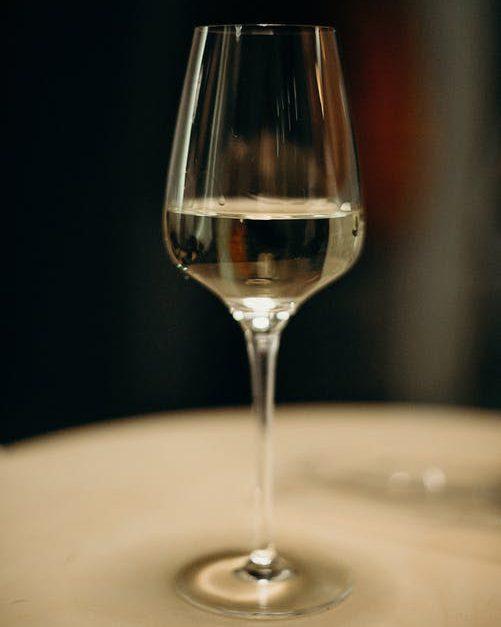
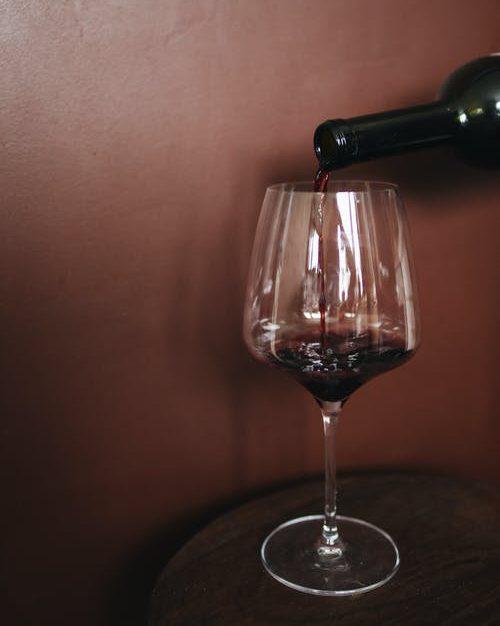
1. Grenache
Tibor Balint, General Manager at Isabel in Mayfair, explains that this widely planted red wine grape is mainly referred to as Grenache noir. “It’s a very fashionable red grape variety, and one of the most planted and drunk wines world-wide,” he says. “Think of Provence rosé wines, which have a great percentage of Grenache. It’s the backbone of the wines from Southern France (Chateauneuf-du-Pape, Rhône Valley), and although it’s usually blended with the more structured Syrah, it can deliver great wines on its own.”
2. Climat
We’ve gone Burgundy specific with this one; but Burgundy is revered for its wine, so it’s a pretty important one to know. Plus, if you’re ever actually in Burgundy, it’ll come in useful to know what a climat is; trust us.
So, what actually is a climat? Well, it’s a plot of land dedicated to the growing of vines, and it’ll have a specific microclimate that’ll help to create wines with their own distinct character.
3. Riesling
Dom Jacobs is the Wine Director at The Fitzdares Club, and he describes Riesling as incorporating “zesty and aromatic grape varieties, which span from dry to sweet and everything in between.” According to Jacobs, a Riesling “stands up to more complex foods and cuts through fatty foods well.”
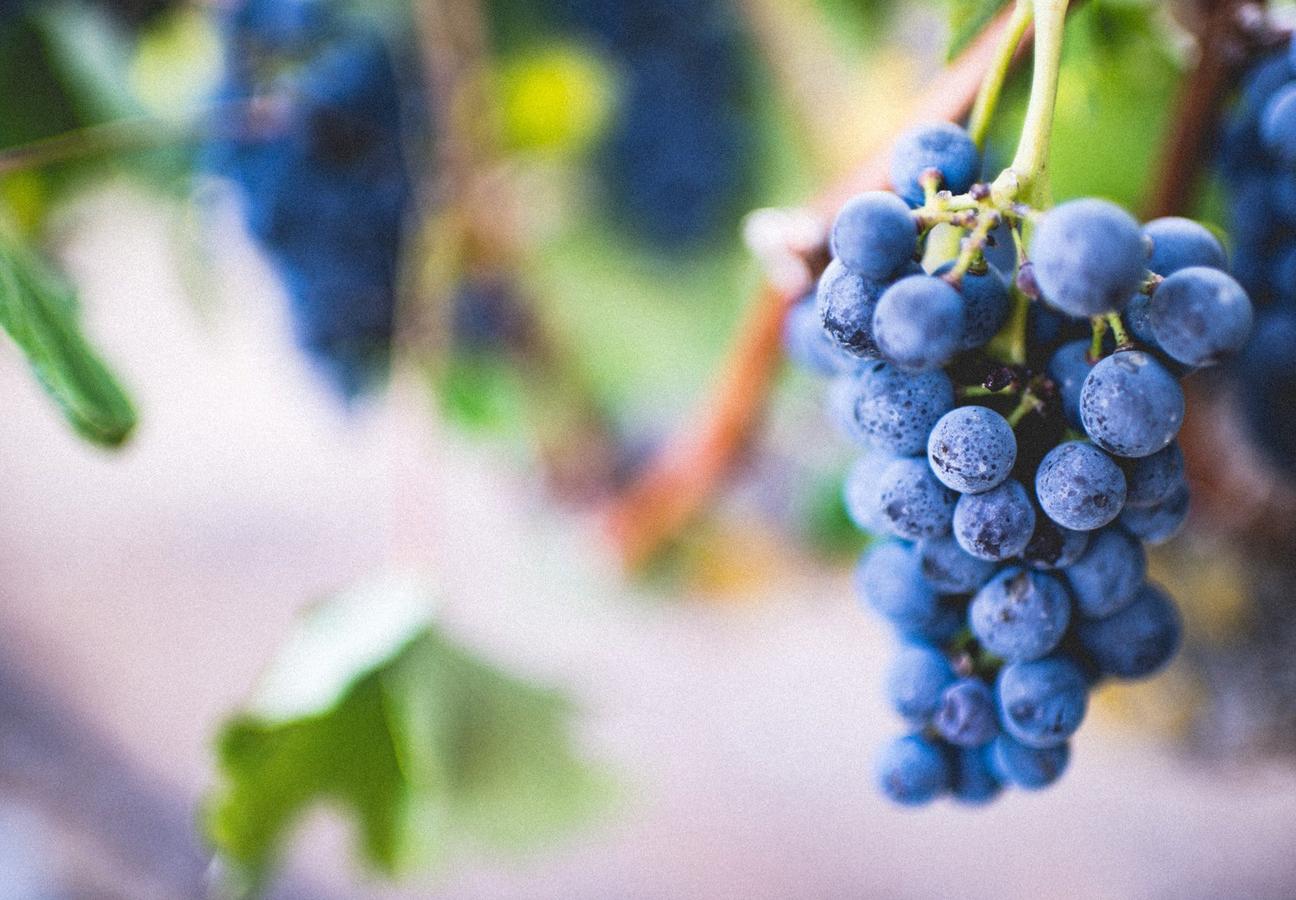
4. Appellation
This is mostly about geography: essentially, it’s a legally defined geographical indication that can identify where the grapes for your wine were actually grown. Having said that, other factors (like what grapes can be grown, or the maximum grape yield) may also apply — the rules depend on the country in question. We first heard about appellations in the Bible (that’s a fun fact for a dinner party if ever there was one) with the likes of the ‘wine of Samaria’ — now, you’re more likely to see an appellation appearing on a wine bottle label.
5. Cabernet Sauvignon
The first thing you need to know is that it’s a red grape. Its existence is actually a bit of an accident; in 1800s France, a red Cabernet Franc and a white Sauvignon Blanc grape plant inadvertently bred — and the Cabernet Sauvignon was the happy result. It’s a rich, robust wine: full in both tannins and taste. Essentially, it’s a must if you’re looking for the optimum wine to pair with steak, or any other red meat.
6. Maceration
This tends to be mainly done with red wine. Balint describes the process as involving “the extraction of tannins and colour from the grapes’ skin, seeds and stems. The grapes are left to sit in their own juice for a period of time, to extract the aforementioned ingredients.” Interestingly, it’s through maceration that a wine really gets its colour — a ‘red’ wine would naturally be a sort of grayish hue. Not as appetizing, is it?
7. Pinot Noir
A light red wine is a joy indeed; so that, presumably, is the reason for why pinot noir is such an enormously popular wine. It hails from Burgundy (of course it does) and it takes its name from the French words for “pine” and “black”. This is a wine that does well in cooler places (New Zealand, for example), and you should find notes of raspberry and cherry, among others.
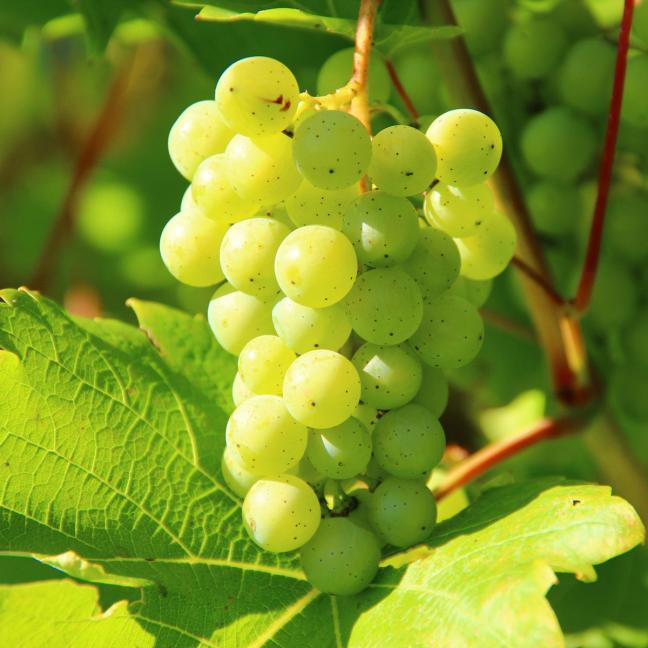
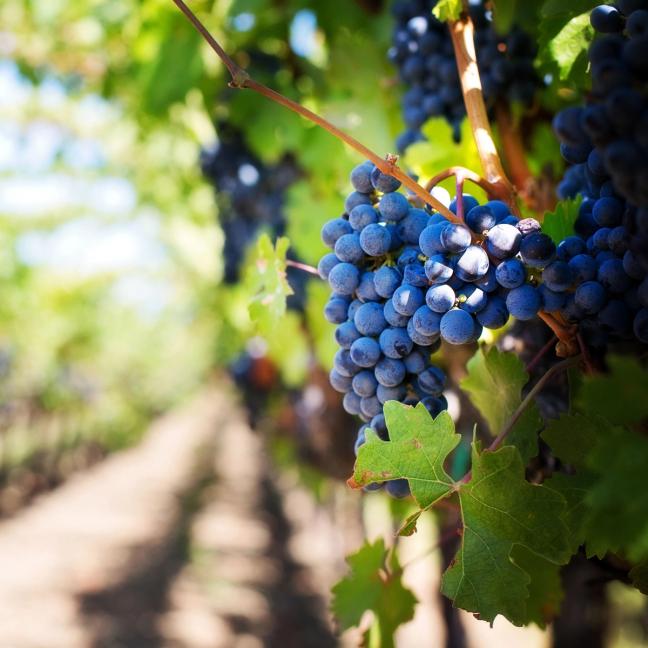
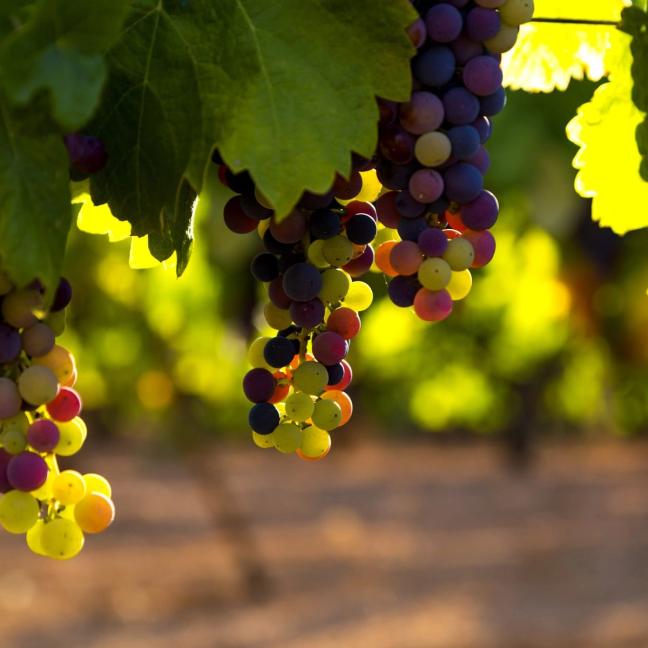
8. Malbec
“Malbec is Argentina’s signature grape, although it originates from Bordeaux,” says Balint. “Essentially, the clarets of the 19th century were Malbec-driven. It creates medium to full bodied wines, with soft tannins and hints of plum, chocolate and violet aromas.”
9. Oaked
This one borders on the obvious, but it’s still worth including: it just refers to a wine that’s been kept in a barrel made of oak, before being bottled up. Oaked wines tend to have notes of vanilla or butter, or smokier, spicier overtones; think clove or nutmeg.
10. Pinotage
This delectable red wine grape hails from South Africa. A great fact for your dinner party is that this is a man-made wine; it was created by the Stellanbosch University Professor of Viticulture, Abraham Perold, in 1925 — he decided to cross a Pinot Noir with a Cinsaut, and the rest is history in the form of the Pinotage. The sublime flavours include berry flavours, such as blackberry and raspberry, together with smokier notes of leather and tobacco.
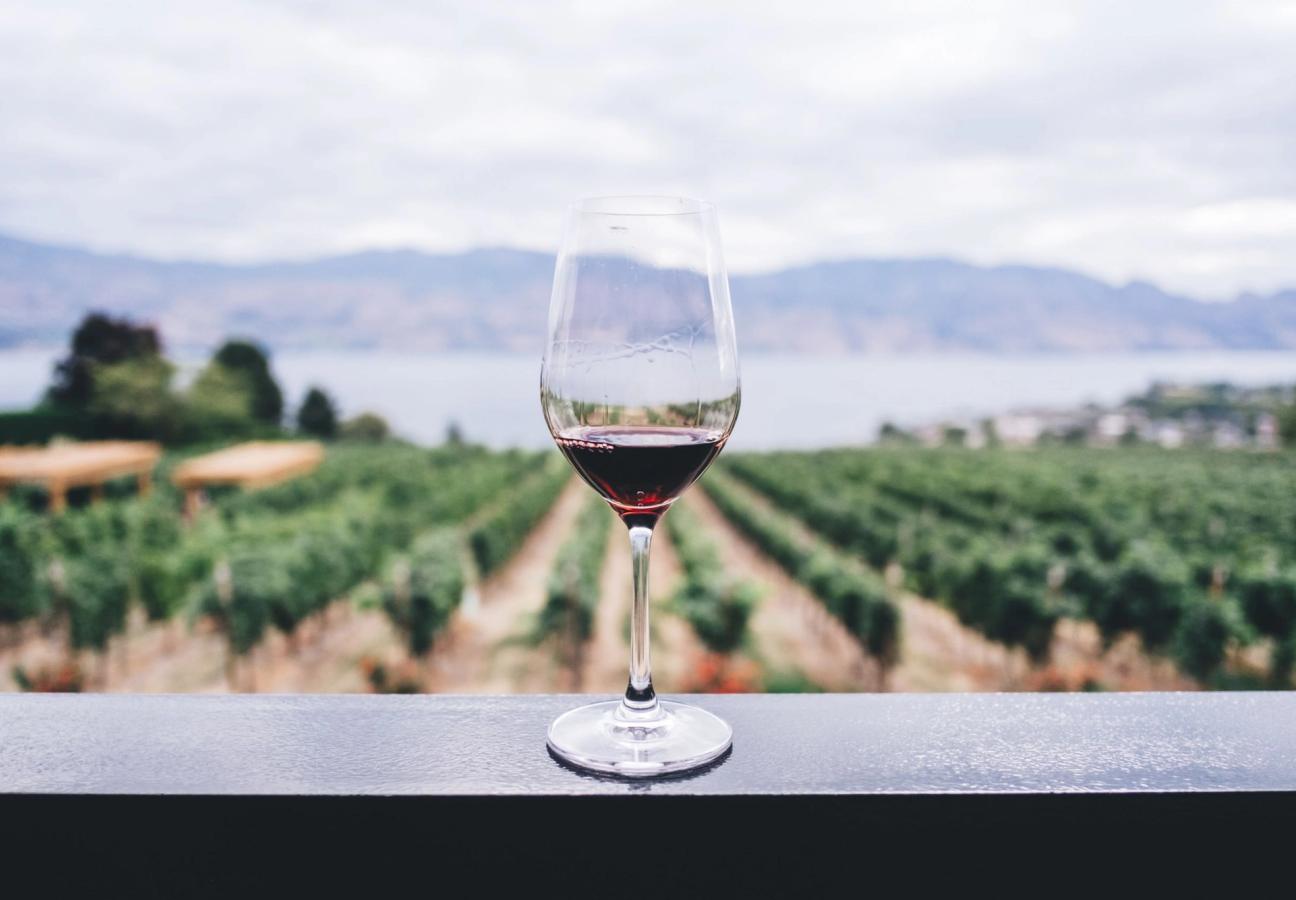
11. Lieu-dit
A lieu-dit is a general geographical term: it tends to be a small piece of land that’s been given a vineyard. Balint explains that it’s “used widely in Burgundy to refer to a plot of land or vineyard within an appellation, but mostly for village applleations. You won’t really find lieu-dits on Premier Cru or Grand Cru labels or wines.”
12. Pinot Grigio
Well, we assume you’re familiar with this white wine (then again: if you weren’t previously aware of it, you are now). It’s the perfect summer wine: light, dry and crisp. It’s also often confused with Pinot Gris; so allow us to sort that one out once and for all. Technically, these two wines are the same, as they both derive from the same white wine grape, but the flavours can be different. Pinot Grigio tends to be dryer, while Pinot Gris tends to be richer.
13. Syrah
Jacobs explains that a Syrah is a red grape that’s widely renowned in the Rhône Valley and Australia — to name just two. “It has the potential to be big and bold, but also refined and delicate; and it loves hot weather,” he elaborates.
14. Terroir
What with climats, appellations, lieu-dits and now terroirs, we wouldn’t blame you for feeling totally bamboozled by the geographical terms that come with the wine territory. It is useful knowledge for anyone looking to brush up on their wine expertise, though; and trust us when we say that if you can get these geographical terms right, there won’t be anything in the wine world you can’t conquer. Plus, terroir is actually a pretty simple one. “Terroir refers to the land and environment that surround a vine,” Jacobs explains. “The impact these have on the resulting grapes and wine are thought to define each wine region’s individual nuances.”

15. Aeration
Have you ever swirled your wine around your glass, without really thinking? Although you may not have realised, you were aerating it: allowing air to mingle with the wine. But it’s not just about swirling — aeration really just means letting the wine breathe, by exposing it to the air. This helps to enhance the flavour — bringing out all those subtle notes and smoky, spicy flavours you’ve been reading all about. You don’t want to aerate all wine — if in doubt, stick to aerating red wine only — but the benefits of aeration will vary from wine to wine. But at the very least, next time you’re swilling your wine around your glass you’ll be able to explain what you’re doing.
16. Sémillon
This famously sweet wine stems from, as Jacobs tells us, “a dry white grape, which is mainly used in Bordeaux and Australia.” Jacobs goes on to say that this is a grape also frequently found in Sauternes — “the king of sweet wine”, as he describes it. While it can be a dessert wine, this is one that can also hold its own when paired with spicy dishes.
17. Mouthfeel
This is another pretty obvious one, but it’s still a great one to work into a sentence — “mouthfeel” refers to what wine feels like when it’s being swilled around the mouth. Does it feel smooth? Silky? Slightly cloying (most likely a result of too much sugar)? It’s all about the tactile feel of the wine, so next time you’re sipping a particular smooth number, why not casually suggest that “this wine has a very smooth mouthfeel”? You’ll sound like a true expert — but remember to keep it discreet. No one likes a show off.
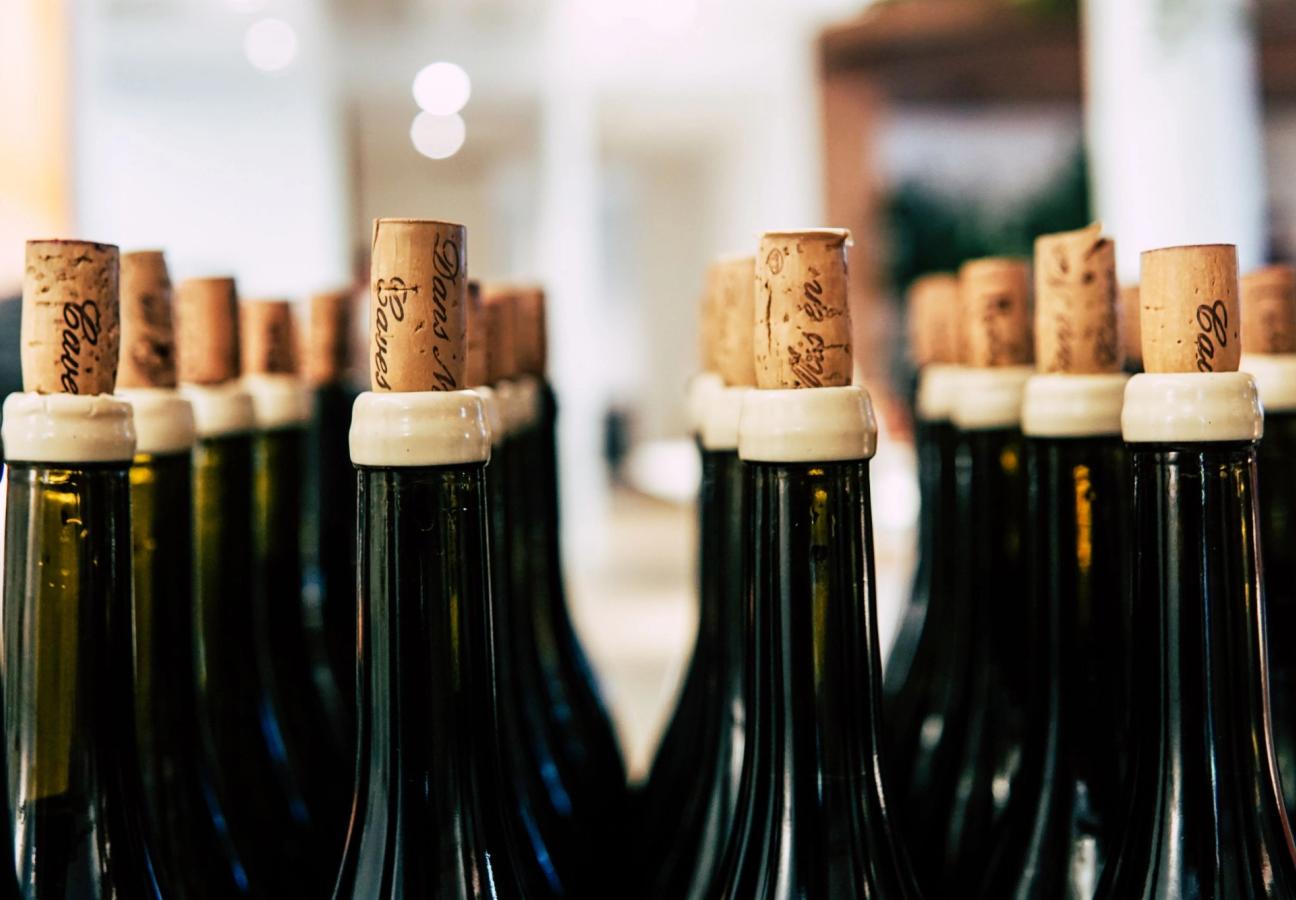
18. Chardonnay
We assume you’re familiar with Chardonnay as a white wine — but we’re here to further your knowledge beyond the basic. The popularity of Chardonnay is such that it’s grown in every major wine-producing country in the world; and it originates from green-skinned grapes. Generally dry, Chardonnay can be either oaked or unoaked (and you know all about oaked wines now) — when unoaked, it’s light and crisp; when oaked, it’s somewhat heavier and richer, with notes of vanilla (among others).
19. Merlot
Balint tells us that Merlot is “one of the world’s most planted black grape varieties,” and that it’s associated with the Right Bank wines of Bordeaux (such as St-Emilion and Pomerol). “Although a fashionable wine variety on its own, it’s best known as the companion of Cabernet Sauvignon in Bordeaux wines,” he explains. “It usually has a plummy taste and notes of chocolate and red fruit. It’s an easy wine to drink, with a balanced acidity and smooth tannins.”
20. Zinfandel
Jacobs describes Zinfandel as “a black skin grape, also known as ‘primitivo’.” There’s another good fact for a dinner party. “It grows in hot climates, and it’s most commonly known in Californian wine. Here, it creates luscious and generous red wines at the top end — but also some questionable stuff at the bottom end. Stick to the good stuff, and you won’t be disappointed.”
Have we whetted your appetite for wine? Well, why not uncork your summer with the best wines to drink right now…
Become a Gentleman’s Journal member. Find out more here.

Become a Gentleman’s Journal Member?
Like the Gentleman’s Journal? Why not join the Clubhouse, a special kind of private club where members receive offers and experiences from hand-picked, premium brands. You will also receive invites to exclusive events, the quarterly print magazine delivered directly to your door and your own membership card.
Further reading

Restaurant review: with ABC Kitchens, Jean-Georges Vongerichten produces yet another multi-layered venture

Defined by power and body, this is why the Penfolds Bin 707 is analogous to a jumbo jet
